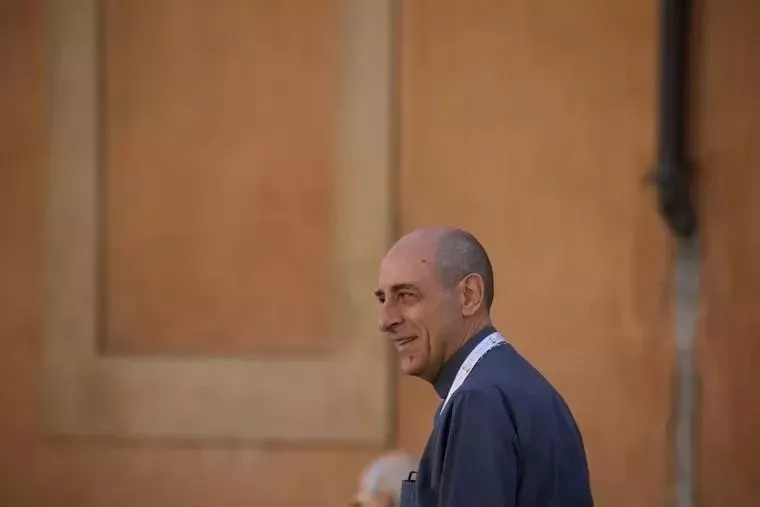The introduction states that use of the manual is encouraged “since a standardized praxis will contribute to a better administration of justice.”
Just under 20 pages, the handbook addresses topics such as: What must be done when information is received about possible abuse of a minor by a cleric; how to carry out a preliminary investigation; and how to inform and pass information to the CDF about the preliminary investigation.
It also covers what the CDF can be expected to do after receiving the information from the preliminary investigation, called “acts,” as well as listing the possible outcomes of a case.
CDF prefect Cardinal Luis Ladaria Ferrer said July 16 that “the course of justice cannot alone exhaust the Church’s response, but it is necessary in order to come to the truth of the facts.”
He said the handbook was a “tool” and indicated that updates and adaptations should be expected as developments to canon law and new challenges require.
The vademecum makes clear that it does not replace the training and knowledge of canon lawyers and closes by stating that “only a profound knowledge of the law and its aims can render due service to truth and justice, which are especially to be sought in matters of graviora delicta by reason of the deep wounds they inflict upon ecclesial communion.”
The handbook references the Code of Canon Law, Substantive Norms, and procedural norms regarding crimes, as well as Vos estis lux mundi, which was promulgated by Pope Francis in 2019, and established the so-called “metropolitan model” for the investigation of accusations against bishops and their equivalents.
The handbook also refers to the CDF’s document on procedure and praxis.
“It is hoped that this handbook will assist Dioceses, Institutes of Consecrated Life and Societies of Apostolic Life, Episcopal Conferences and the various ecclesiastical circumscriptions to better understand and implement the requirements of justice regarding a delictum gravius that constitutes for the whole Church a profound and painful wound that cries out for healing,” the manual states.
Hannah Brockhaus is Catholic News Agency's senior Rome correspondent. She grew up in Omaha, Nebraska, and has a degree in English from Truman State University in Missouri.








